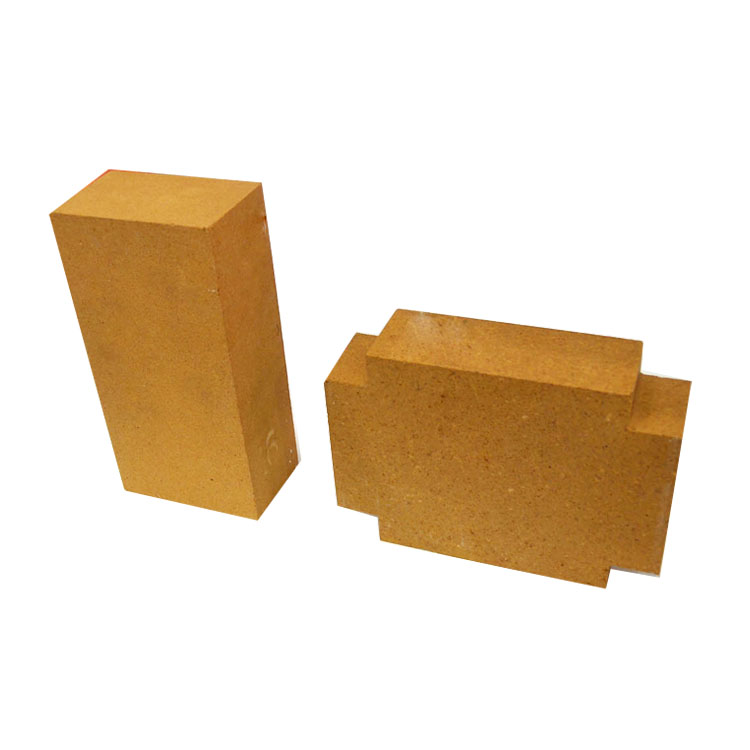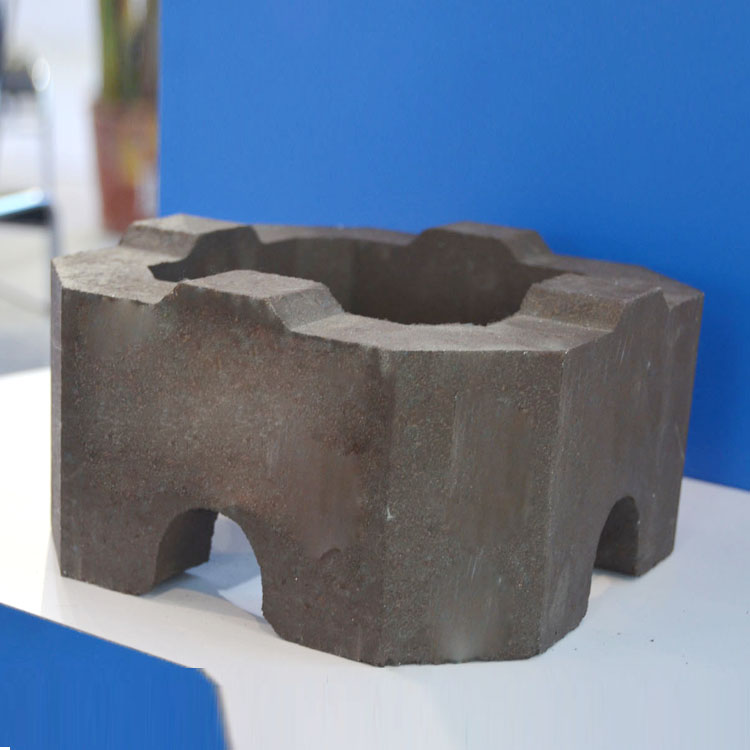
In high - temperature industrial environments, magnesia - chrome bricks play a crucial role. These bricks are essential for industries where high - temperature resistance is a must. There are several methods for manufacturing magnesia - chrome bricks. One approach involves the reaction of iron oxide with spinel, while another uses synthetic co - fired materials.
Among the different types of magnesia - chrome bricks, unburned magnesia - chrome bricks are also an option. Unburned magnesia - chrome bricks are produced without a high - temperature firing process. They are relatively easy to manufacture and have a lower cost in the short term. However, they have limitations. Their high - temperature strength is relatively poor, and they may not be able to maintain their shape and performance under long - term high - temperature conditions. In some cases, their service life is only about 6 - 8 months in high - temperature industrial furnaces, which is significantly shorter compared to other types of magnesia - chrome bricks.

Now, let's turn our attention to directly bonded magnesia - chrome bricks. These bricks are a superior choice for high - temperature applications. Directly bonded magnesia - chrome bricks are fired at extremely high temperatures, usually above 1700°C. This high - temperature firing process creates a strong bond between the magnesia and chrome components, resulting in excellent high - temperature strength. They can maintain their structural integrity even at temperatures up to 1800°C. Compared to unburned magnesia - chrome bricks, their high - temperature strength is 30% - 50% higher, which means they can better withstand the mechanical stress and thermal shock in high - temperature environments.
The advantages of directly bonded magnesia - chrome bricks are not limited to high - temperature strength. They also have excellent corrosion resistance. In industrial environments where there are corrosive substances such as molten metals and slags, directly bonded magnesia - chrome bricks can resist corrosion effectively. This corrosion resistance extends their service life. In some steelmaking furnaces, directly bonded magnesia - chrome bricks can last for 18 - 24 months, which is two to three times longer than unburned magnesia - chrome bricks.
.jpg)
Directly bonded magnesia - chrome bricks have a wide range of applications in high - temperature production processes in various industries. In the metallurgical industry, they are used in steelmaking furnaces, converters, and ladles. In these applications, the high - temperature strength and corrosion resistance of directly bonded magnesia - chrome bricks can ensure the stable operation of the equipment and improve the quality of steel products. In the glass industry, they are used in glass melting furnaces. The stable performance of these bricks under high - temperature conditions can reduce the frequency of furnace repairs and maintenance, thereby improving production efficiency.
Let's look at a real - world case. A steelmaking company was using unburned magnesia - chrome bricks in its ladles. The bricks needed to be replaced every 7 months, which not only increased the maintenance cost but also affected the production schedule. After switching to directly bonded magnesia - chrome bricks, the service life of the bricks in the ladles extended to 20 months. This not only reduced the maintenance cost by 40% but also improved the overall production efficiency by 15%.

In conclusion, directly bonded magnesia - chrome bricks are an ideal choice for enterprises to enhance their competitiveness and optimize procurement decisions. Their excellent high - temperature strength, corrosion resistance, and long service life can help enterprises improve production quality and reduce maintenance costs. If you are looking for high - performance refractory materials for your high - temperature industrial applications, we highly recommend directly bonded magnesia - chrome bricks. To learn more about our products or to get in touch with our team, please click here.

